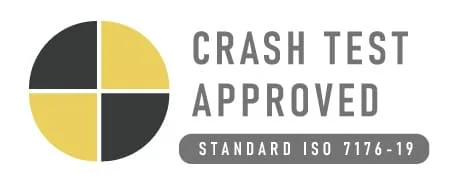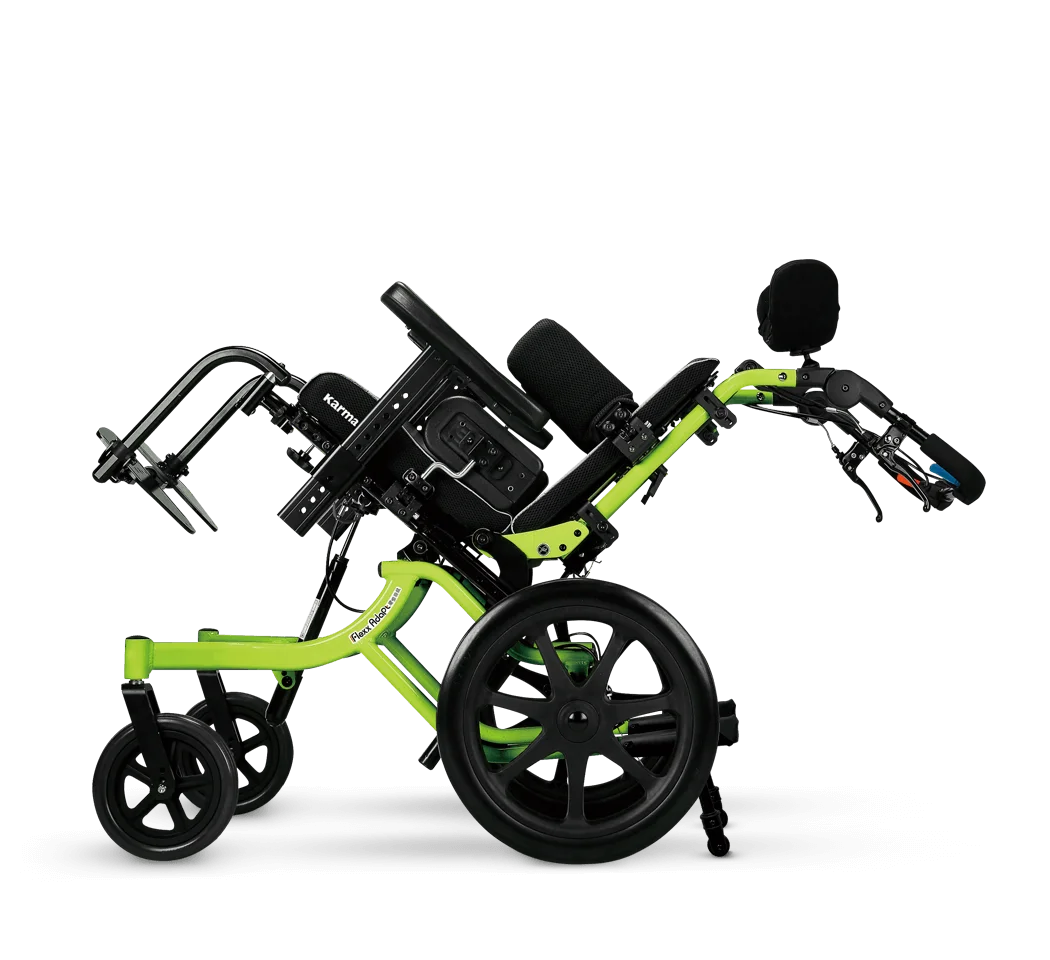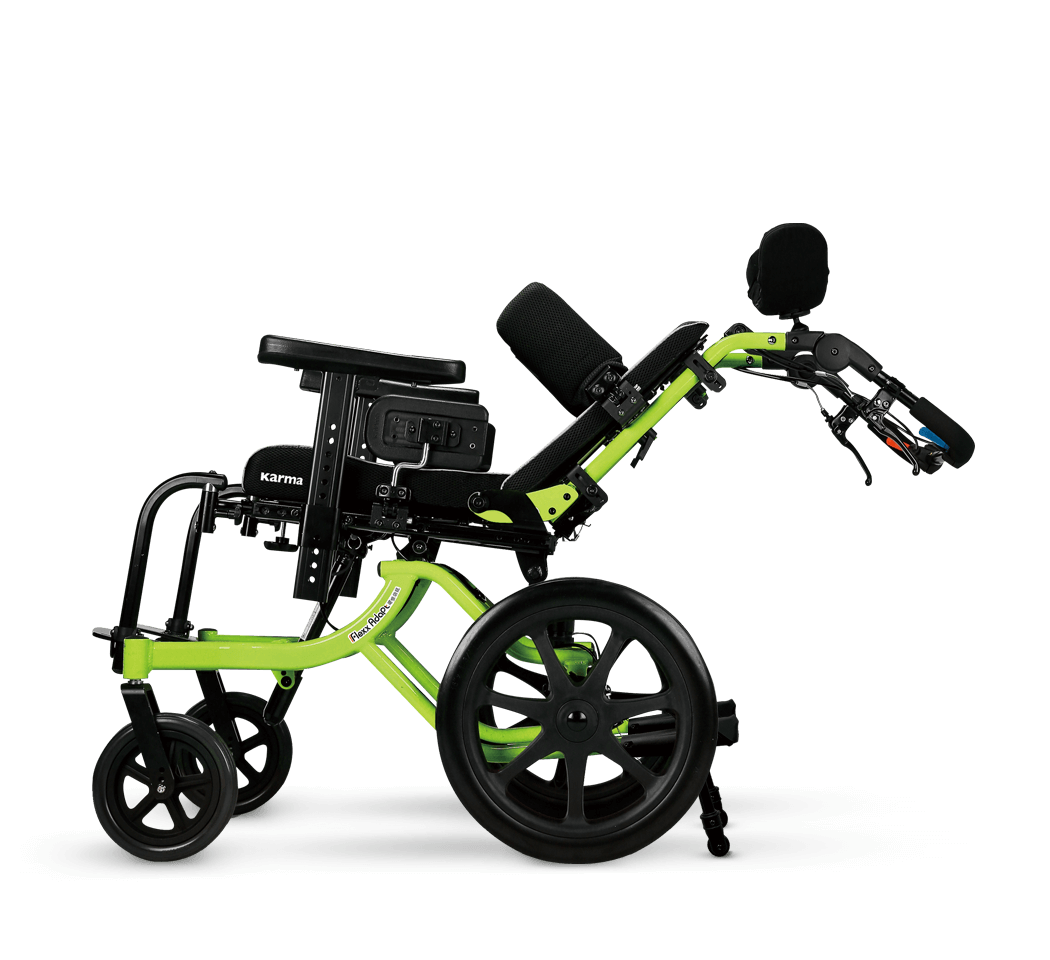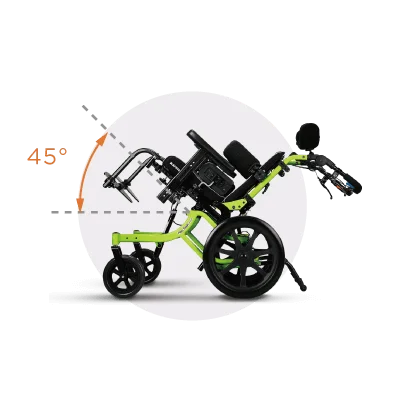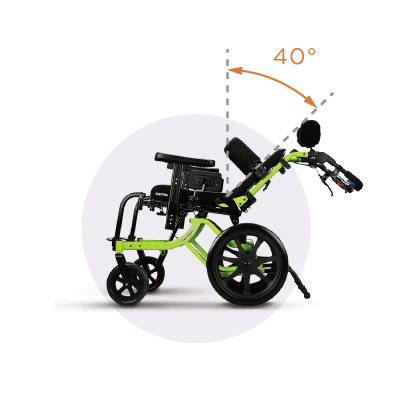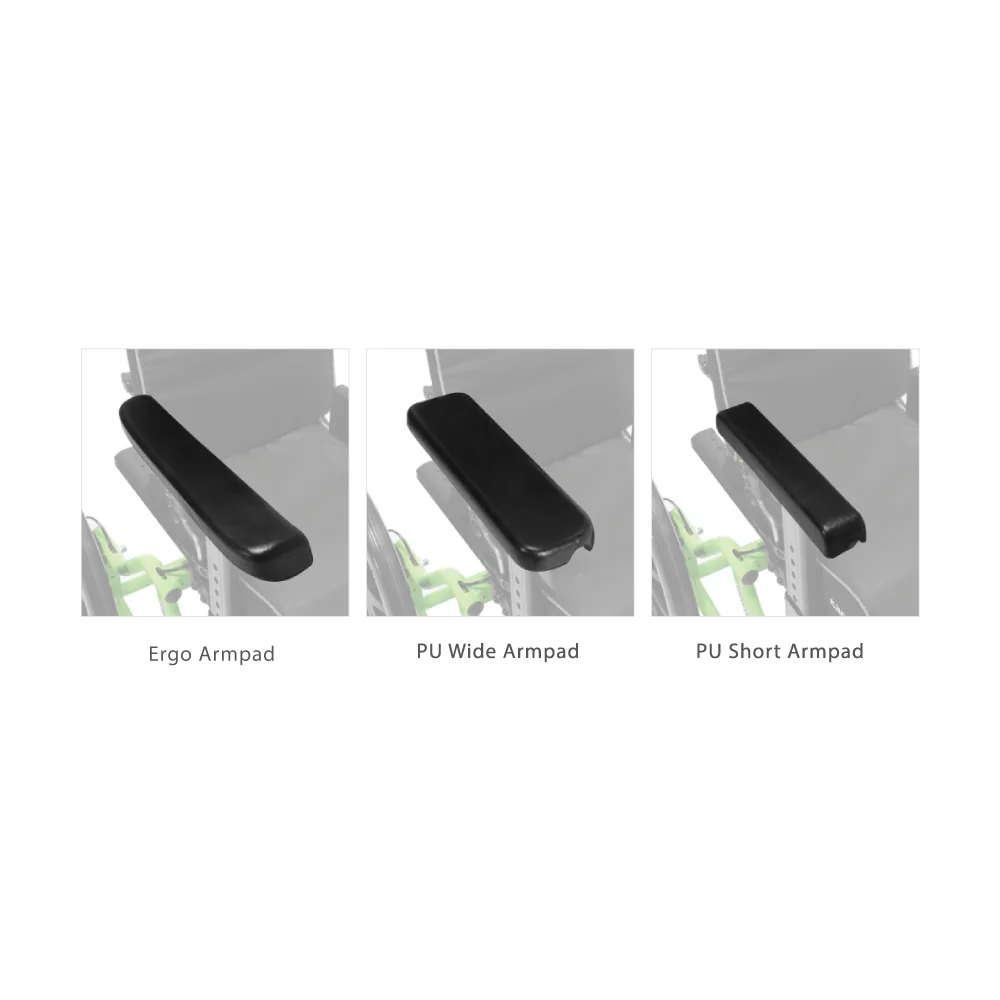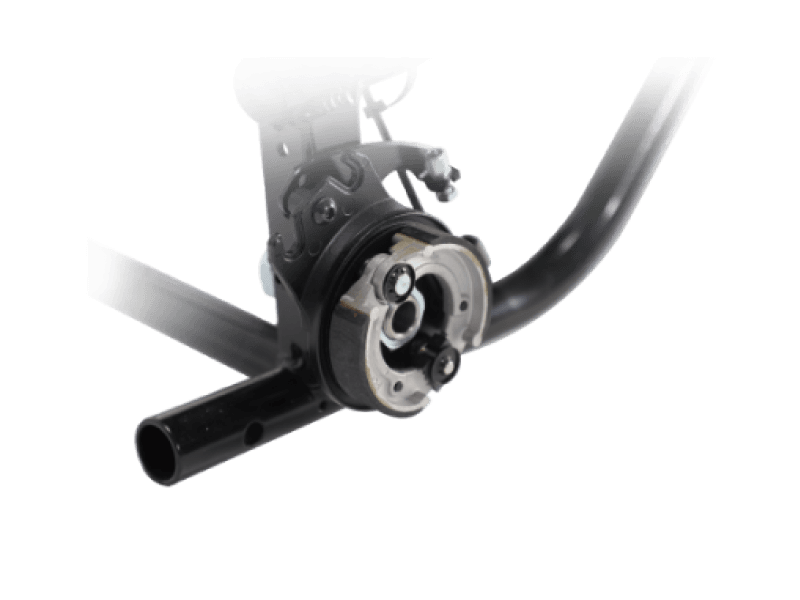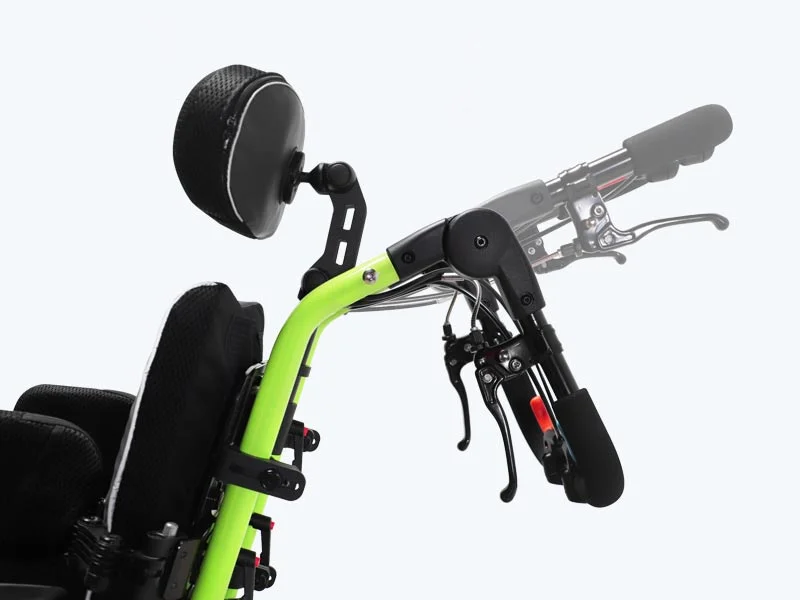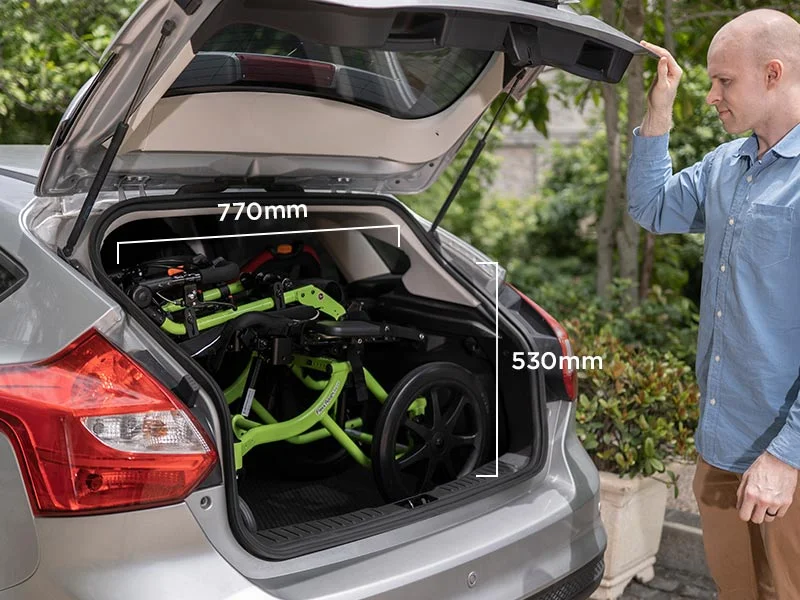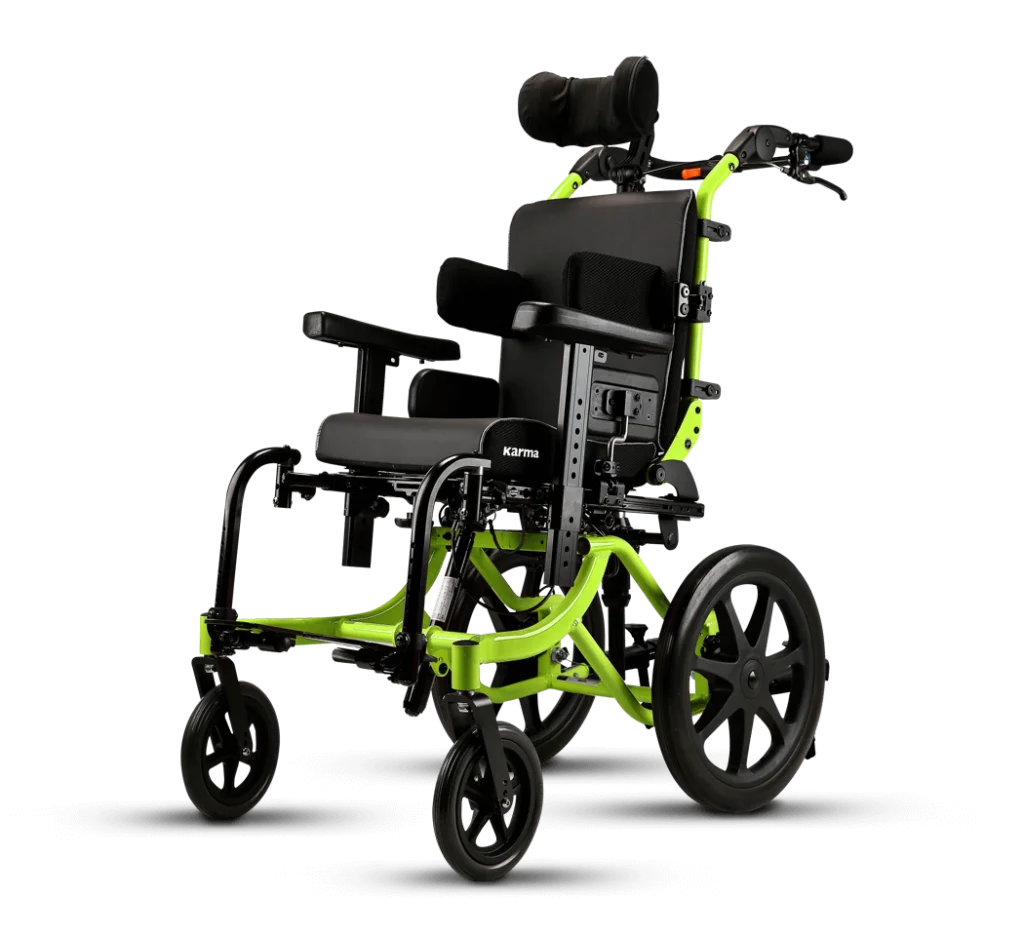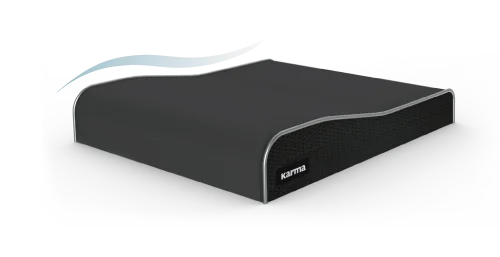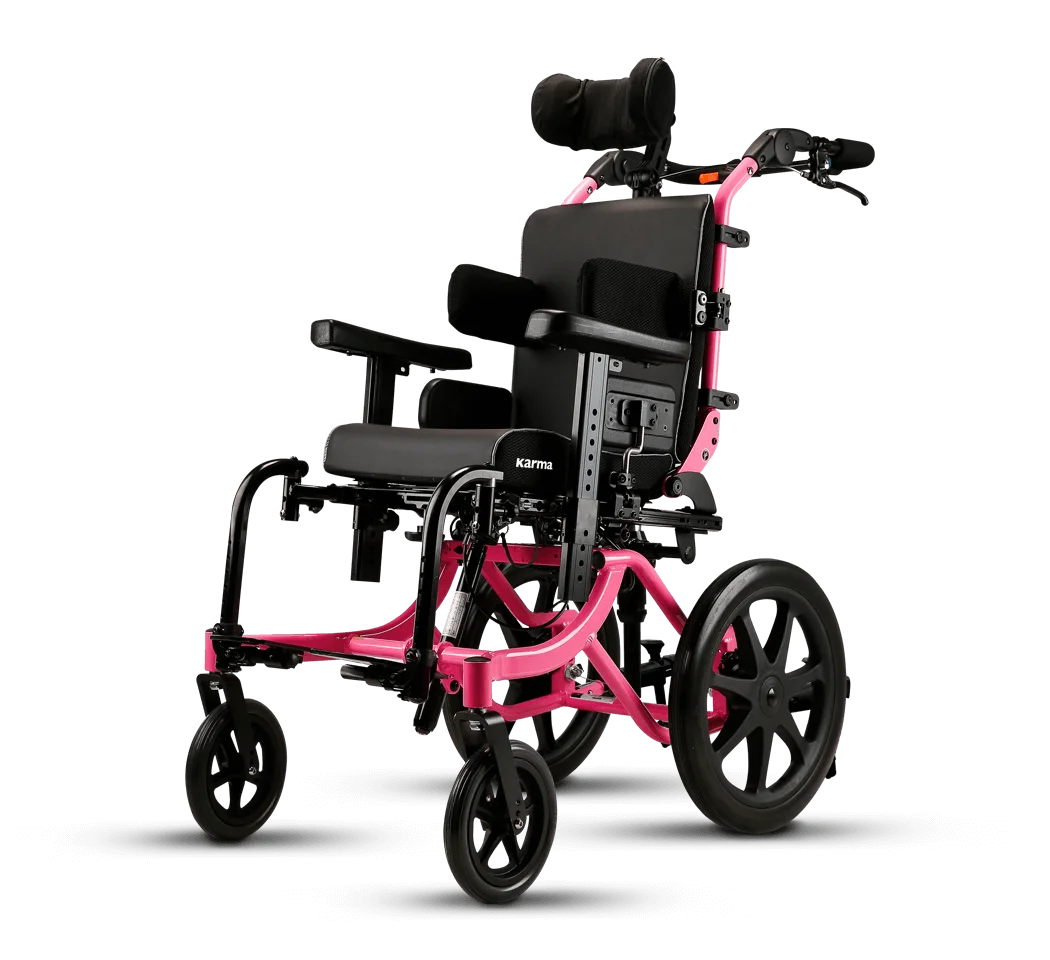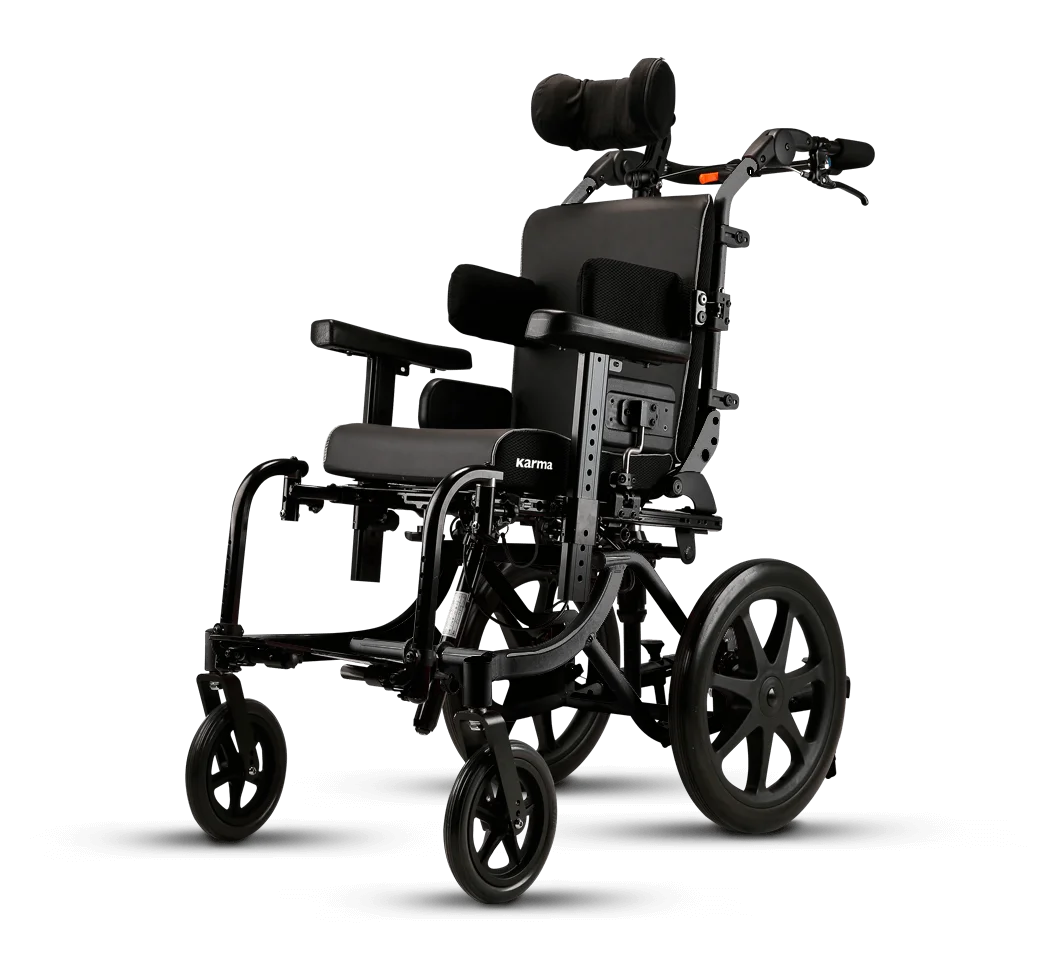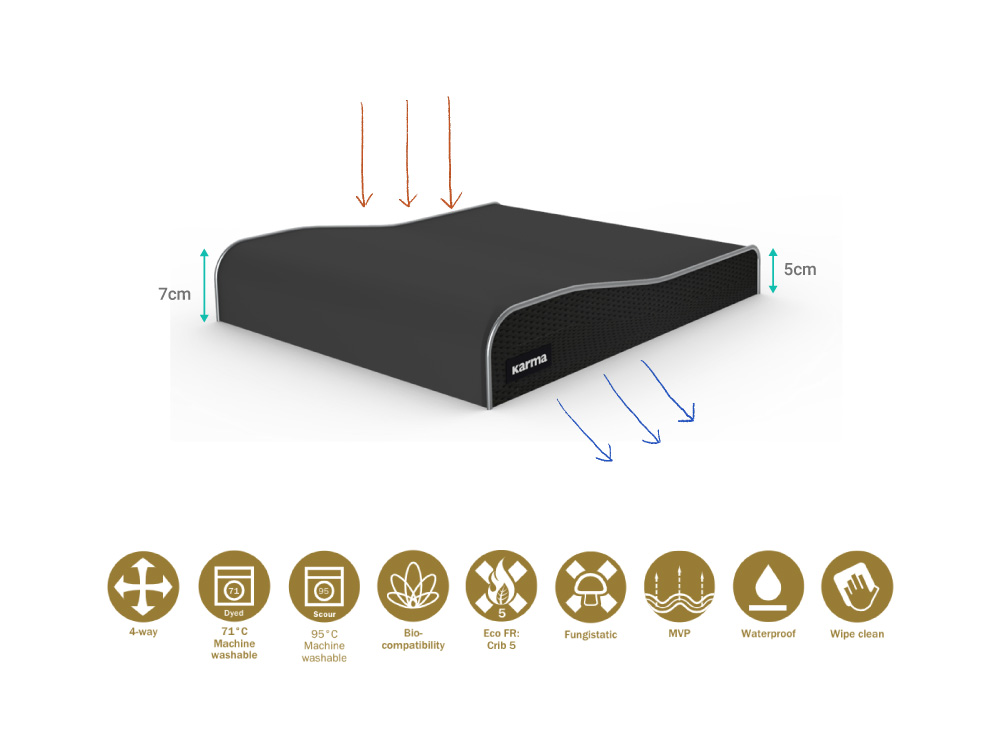Ergo Armpad
PU Wide Armpad
PU Short Armpad
Head Supports
Curved Headrest
Adjustable Headrest
Trunk Supports System
Vertical Adjustable Lateral Trunk Supports
Multi-adjustable Lateral Trunk Supports
Hip/Thigh Supports
Multi-adjustable Single Pad Hip/Thigh Supports
Multi-adjustable Dual Pad Hip/Thigh Supports
Medial Knee Supports
Lower Body Supports
90° Footrests
80° Footrests
Articulating Elevating Legrests
4D Adjustable Plastic Footplates
4D Adjustable Aluminum Footplates
Calf Pads
Chest Strap
Harness
2-point Pelvic Positioning Belt
4-point Pelvic Positioning Belt
Pelvic Belt (Metal Buckle)
Pelvic Belt (Velcro)
Shoulder Strap Guides
Thigh Strap
Calf Strap
Foot Straps
Heel Loop
Drum Brakes
Push-to-lock Parking Brakes
Backpack Hook
I.V. Pole
Tray Table
Standard-Anti-tippers
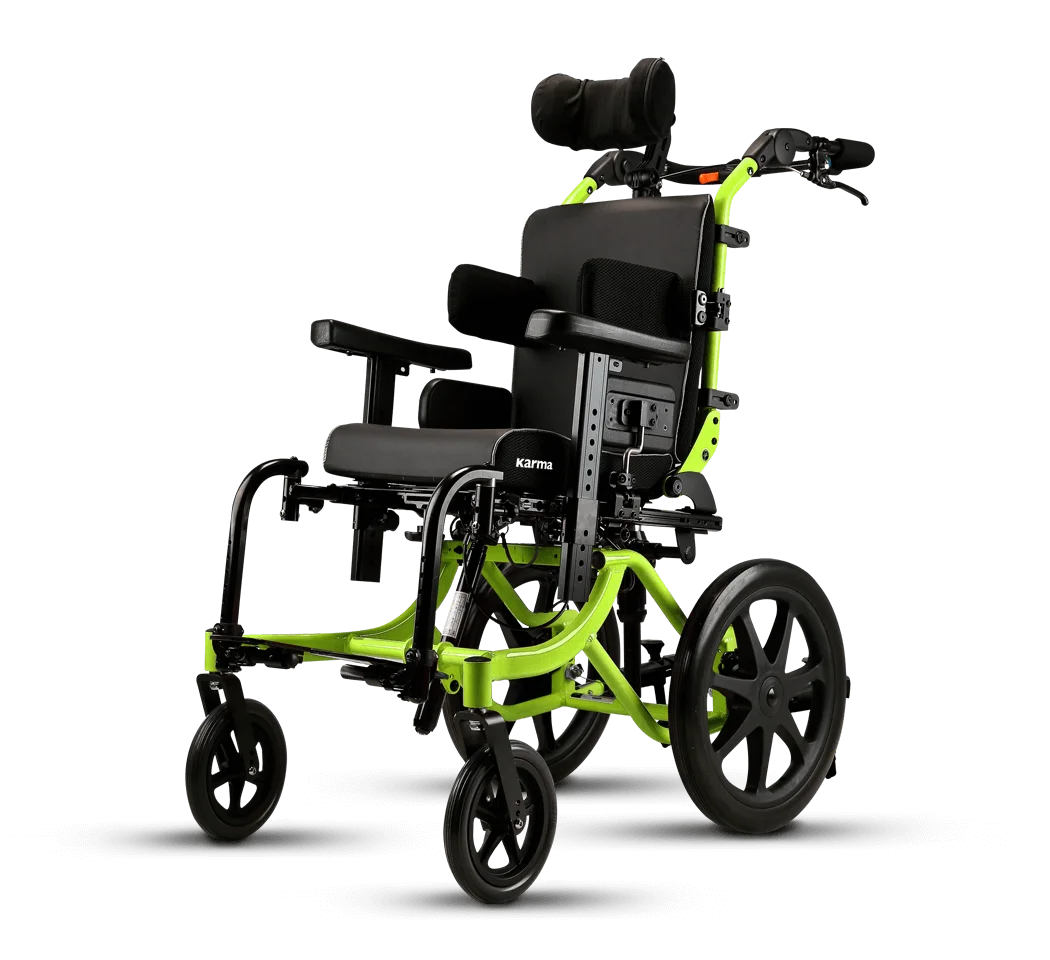
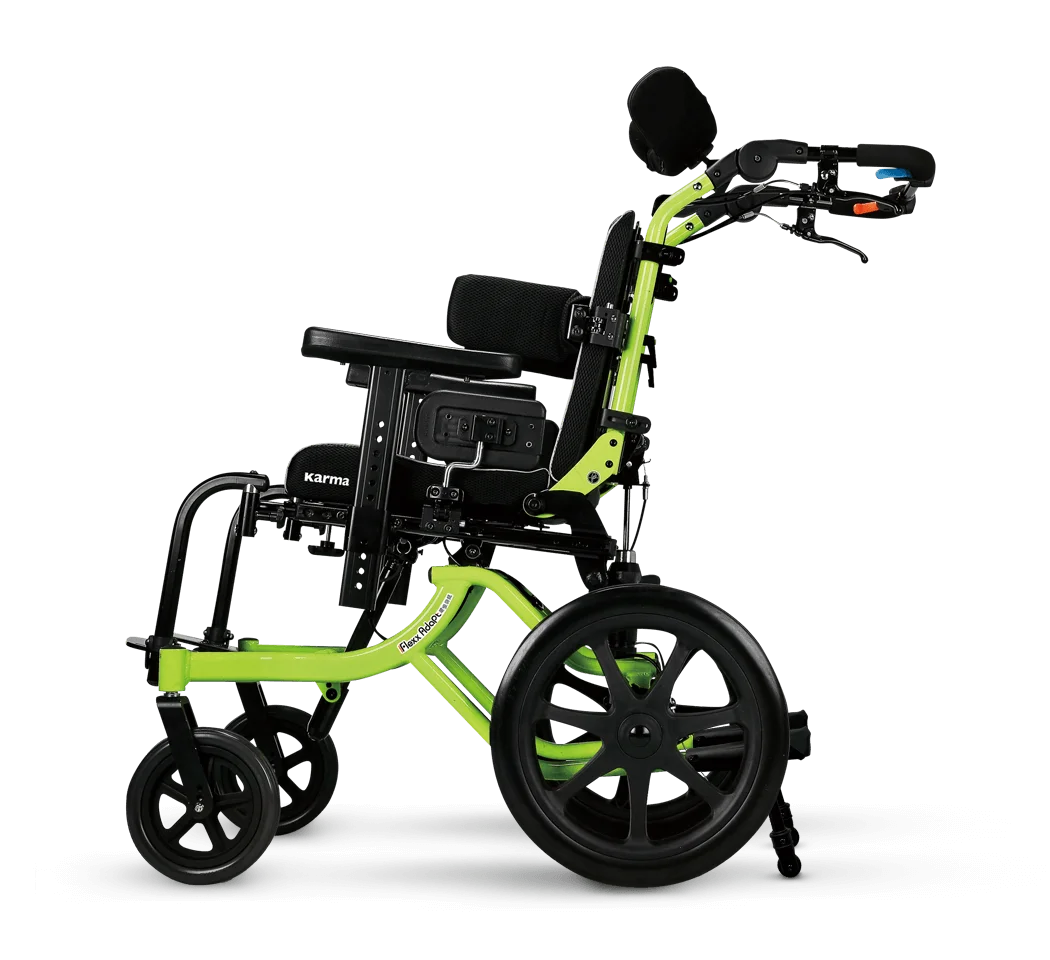
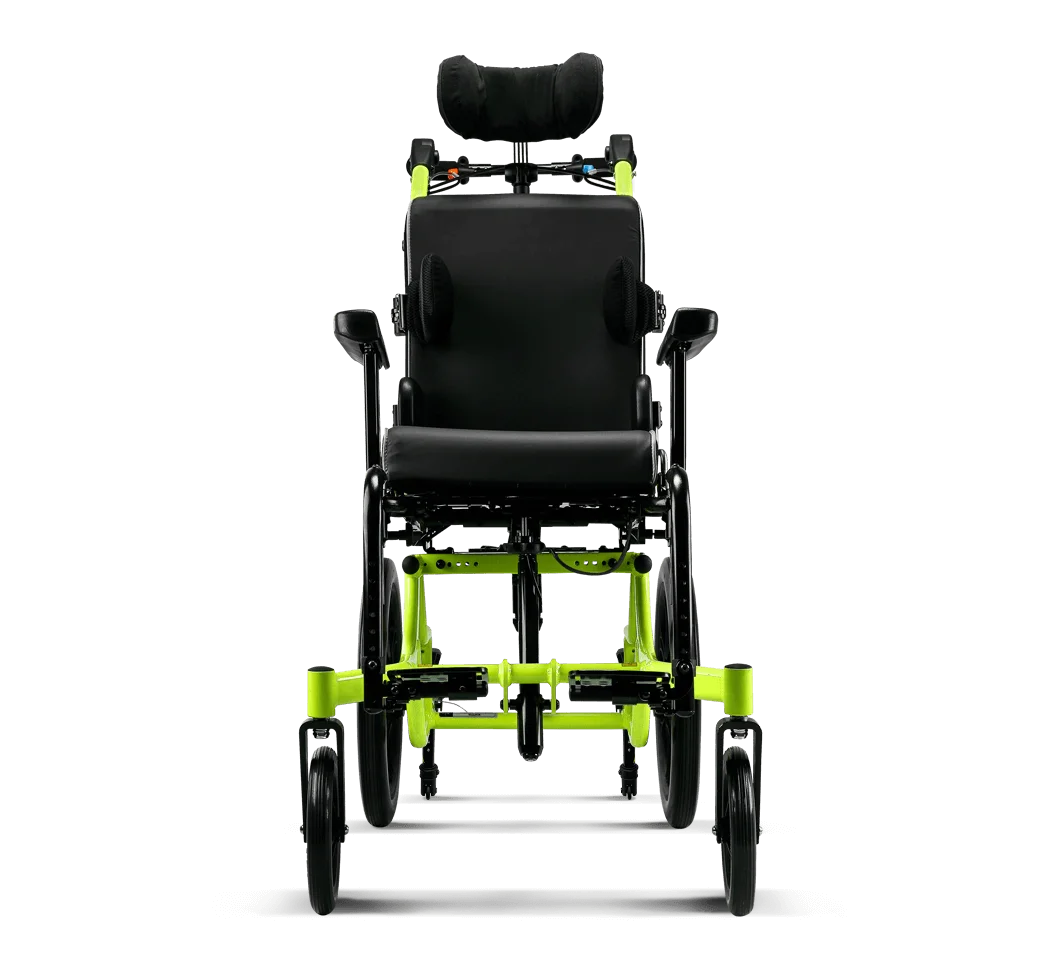
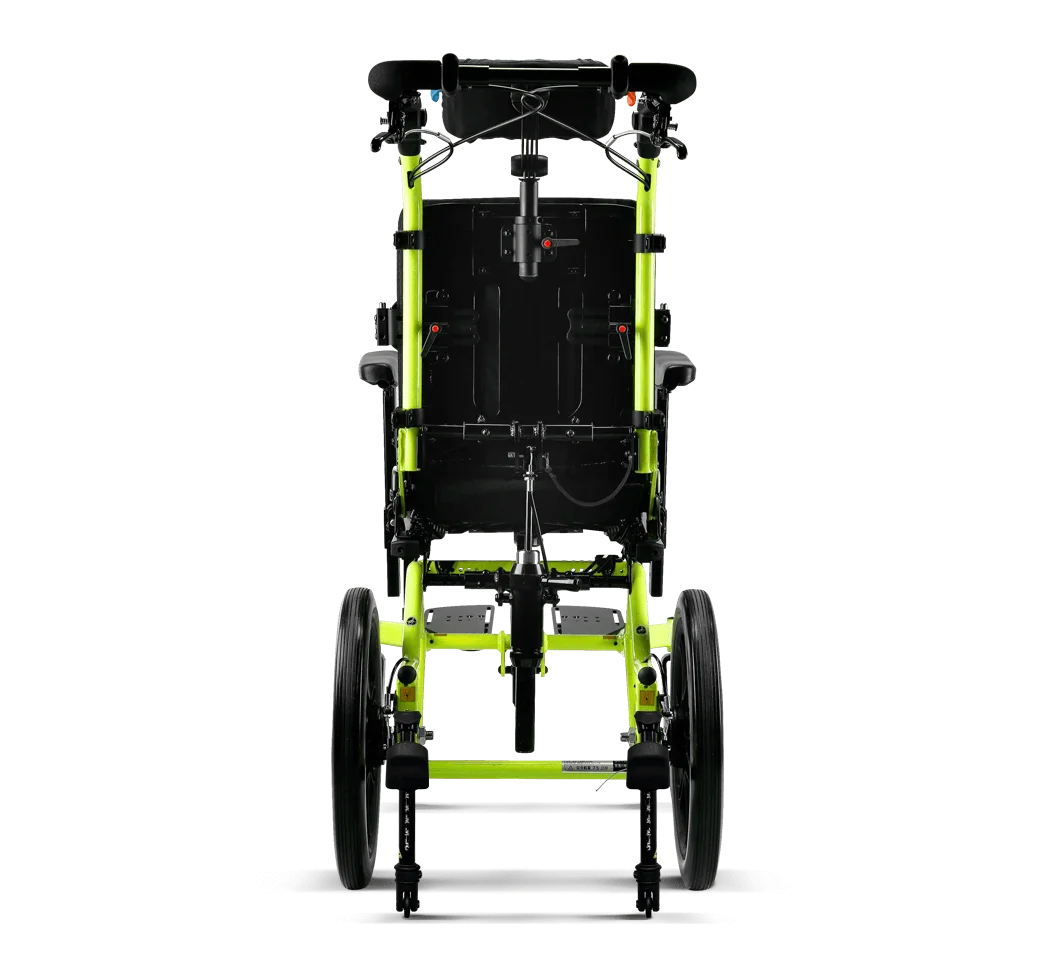

 Global
Global